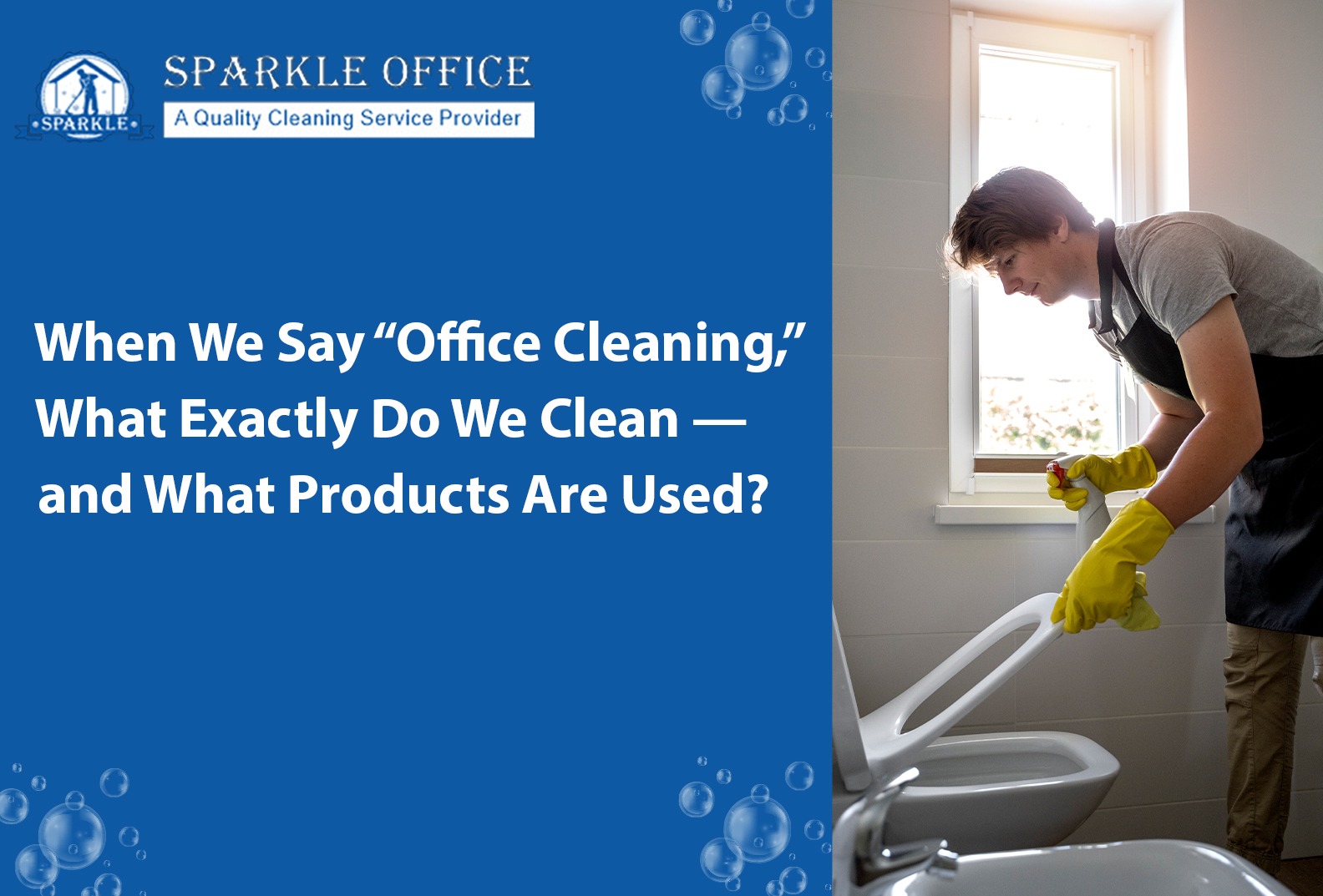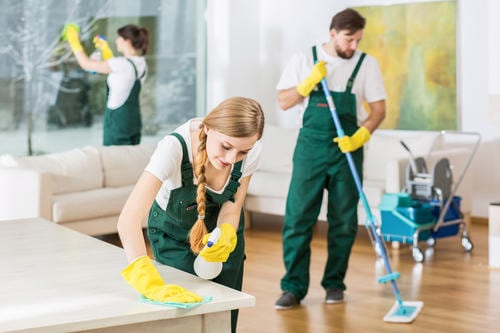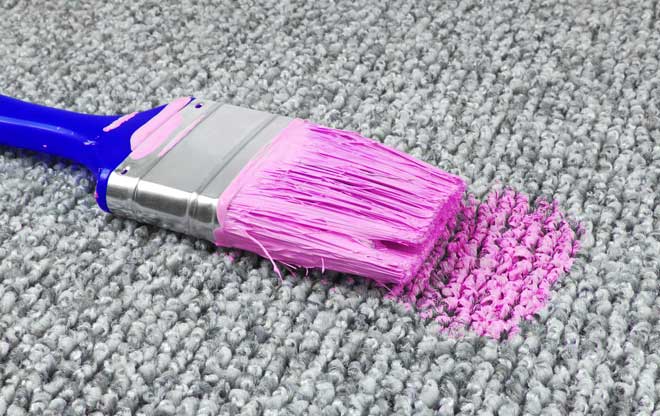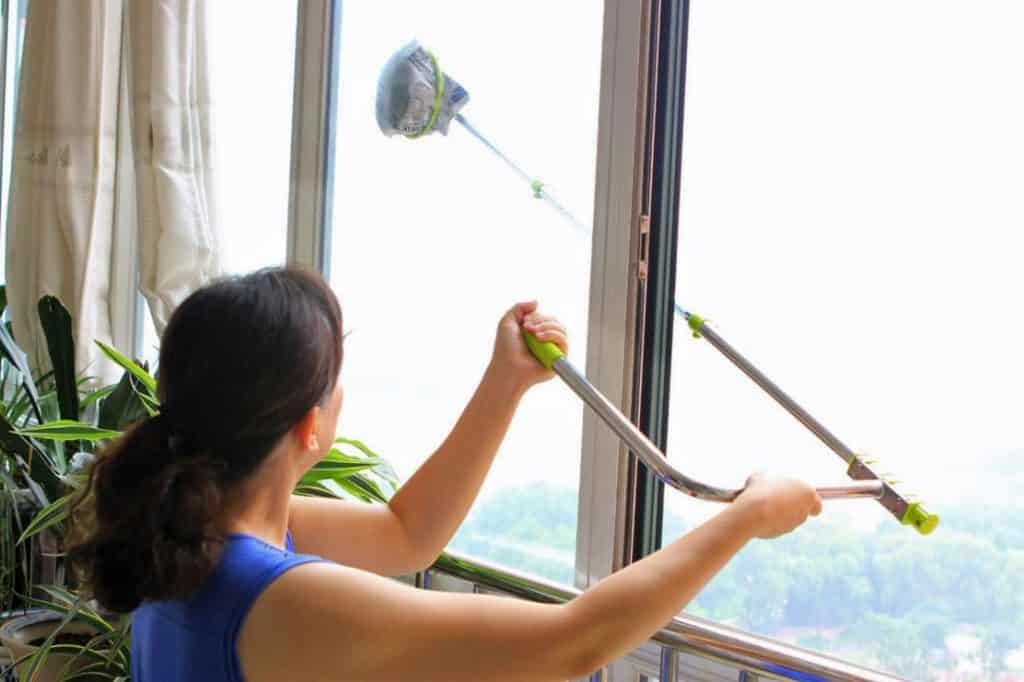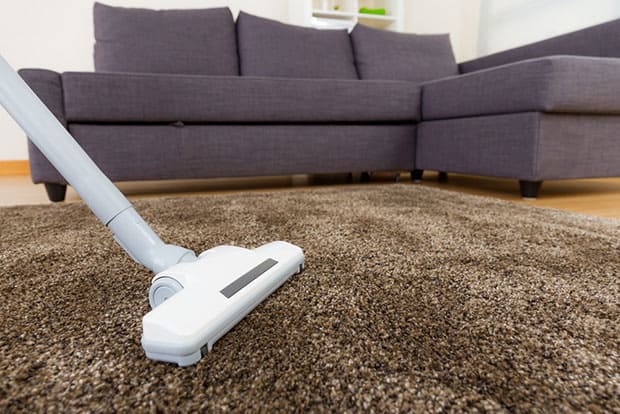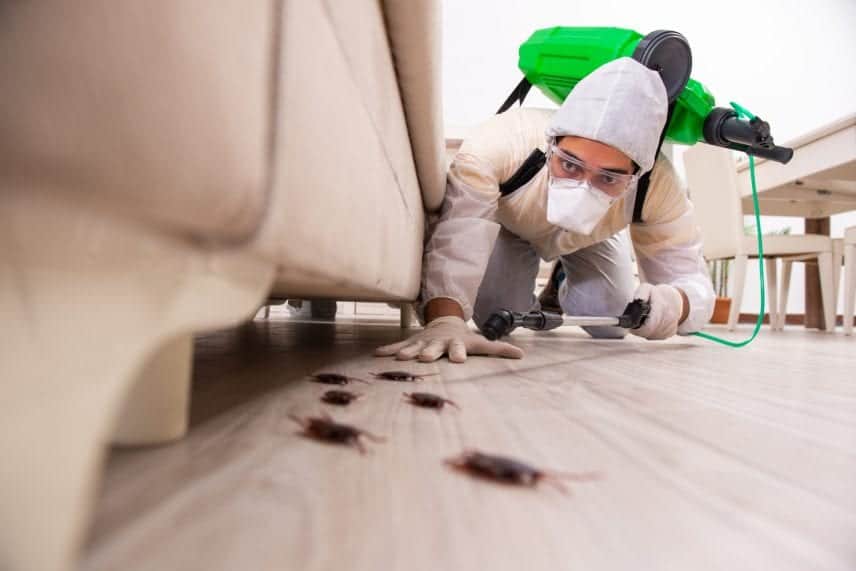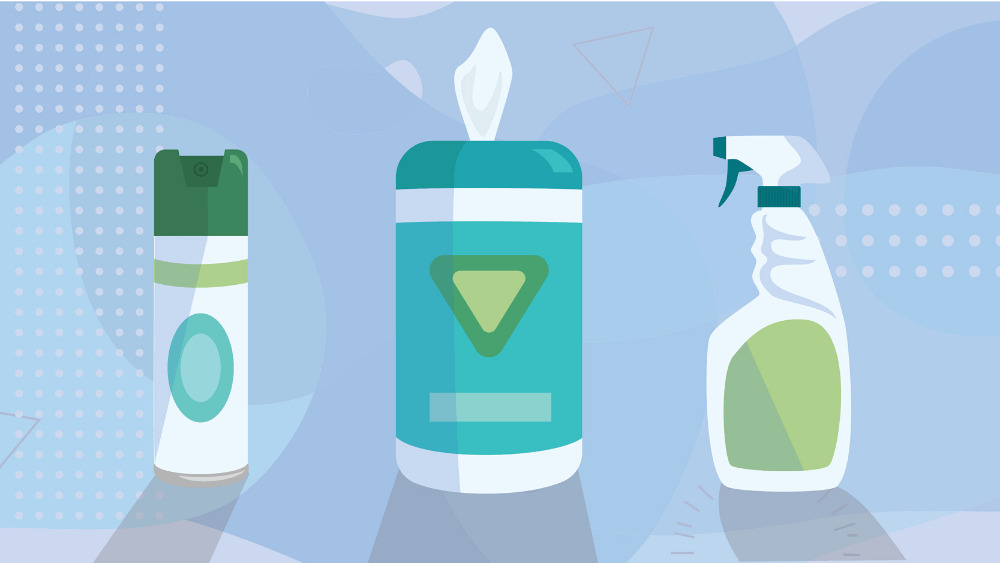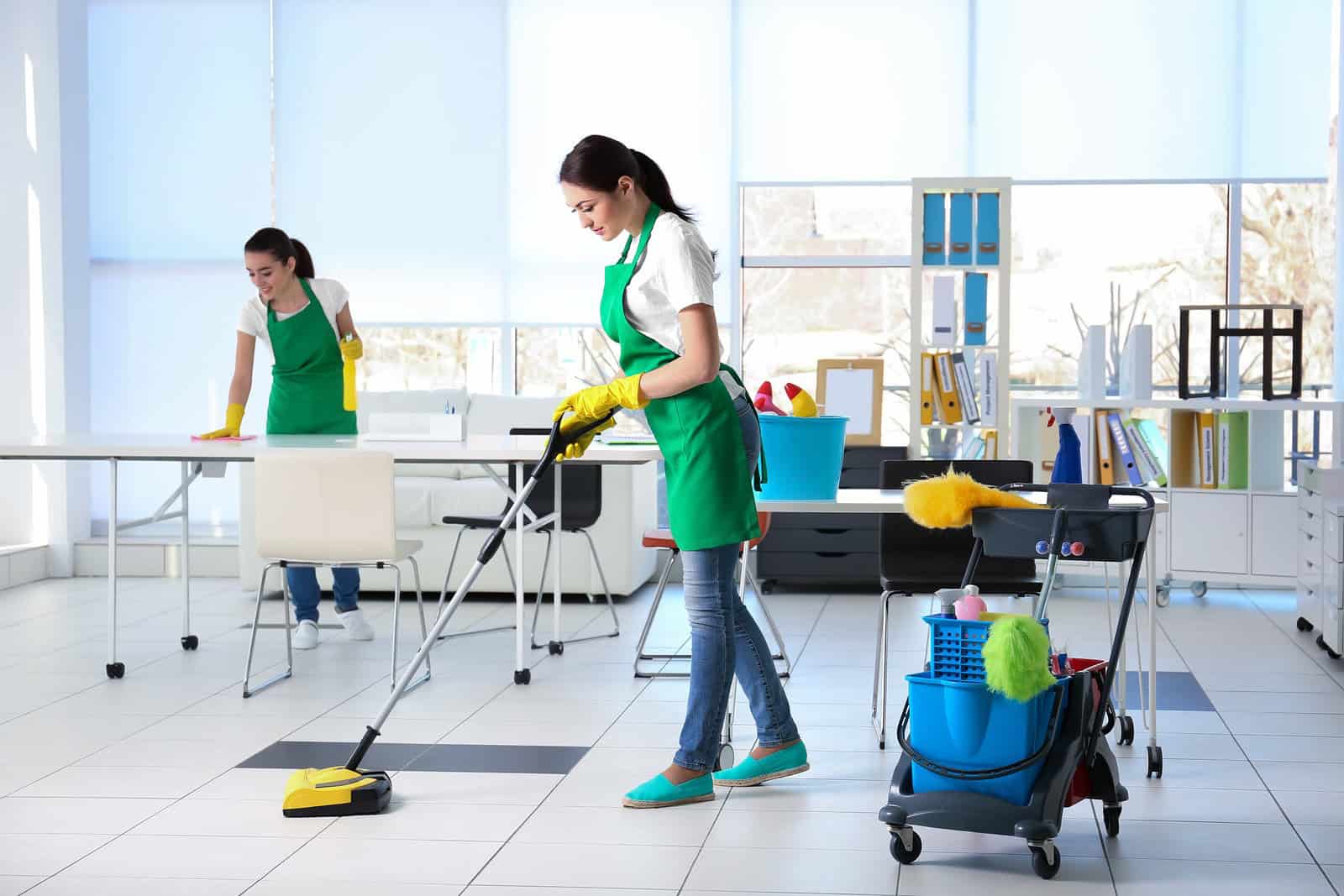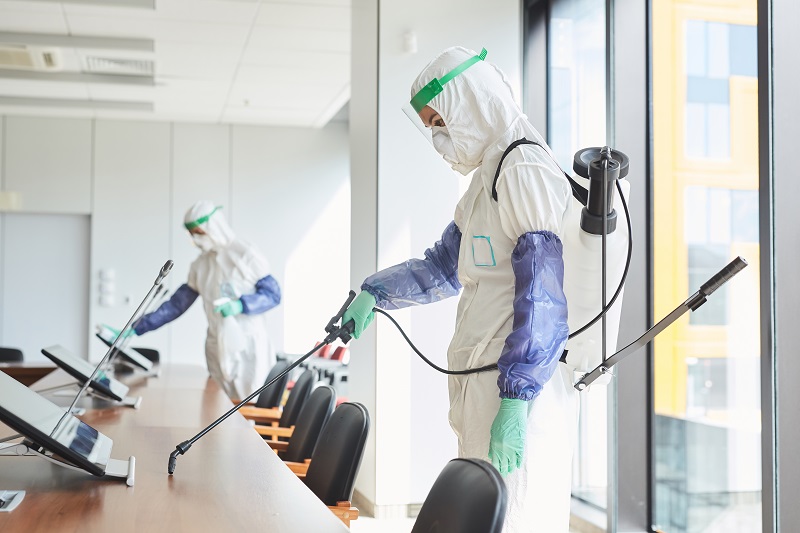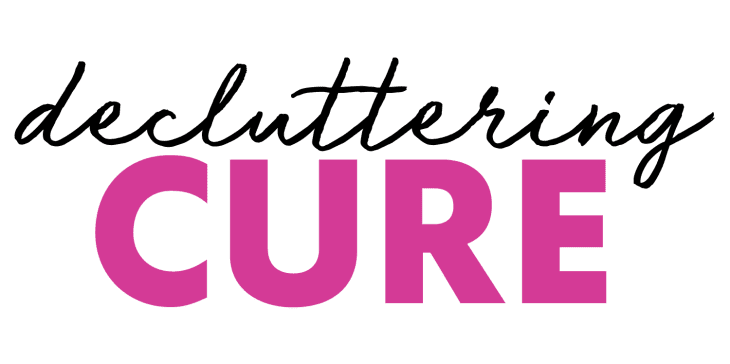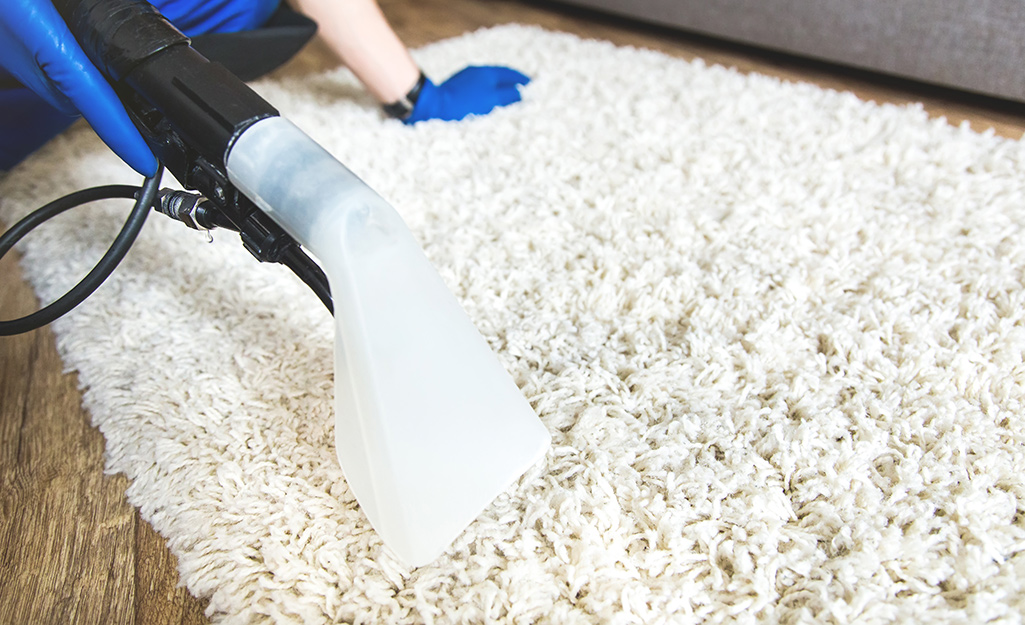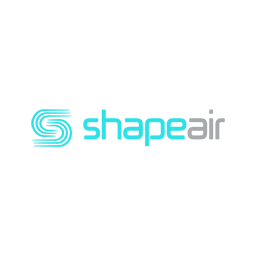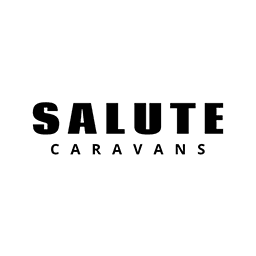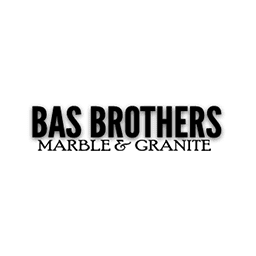16 October 2025
When We Say “Office Cleaning,” What Exactly Do We Clean — and What Products Are Used?
When people hear the term office cleaning, they often picture someone vacuuming the floors or wiping down desks. But professional office cleaning in Australia goes far beyond that. It’s a structured process that covers every part of the workplace — from workstations and meeting rooms to bathrooms, kitchens, and common areas. Each surface requires the right cleaning technique and suitable products to maintain hygiene and protect the health of employees.
Let’s take a closer look at what’s included in office cleaning and what types of products are used for each area.
1. Workstations and Desks
Workstations are where employees spend most of their time, so keeping them clean is essential. Professional cleaners dust and wipe desks, monitors, phones, keyboards, and chairs to remove dirt and bacteria.
Products used: Microfibre cloths and multi-surface disinfectant sprays that are alcohol-based or non-toxic, ensuring electronics and surfaces aren’t damaged. Many Australian cleaning companies prefer eco-friendly solutions like biodegradable surface cleaners that leave no residue.
2. Floors and Carpets
Whether the office has tiles, vinyl, or carpet, each type requires a specific cleaning approach.
Hard floors: Swept and mopped using a pH-neutral floor cleaner to protect the surface finish.
Carpets: Vacuumed regularly, and deep-cleaned using steam extraction machines or eco carpet shampoos that are safe and low in volatile organic compounds (VOCs).
Using environmentally responsible brands (such as Agar or Oates products, commonly found in Australia) helps maintain air quality while being gentle on materials.
3. Bathrooms and Toilets
Bathrooms are the most hygiene-sensitive areas in any office and require daily attention. Cleaners disinfect toilets, sinks, mirrors, taps, and tiled walls.
Products used: Hospital-grade disinfectants, toilet bowl cleaners, and glass cleaners for mirrors. Many services use citric acid-based cleaners or chlorine-free disinfectants that meet Australian health standards while being less harsh on the environment.
4. Kitchens and Break Areas
Office kitchens can easily accumulate grease, stains, and bacteria from food waste. Cleaning covers sinks, benches, microwaves, fridges, and coffee machines.
Products used: Degreasers for stovetops, food-safe surface sanitisers, and mild dishwashing detergents. Eco-certified cleaning products that meet the GECA (Good Environmental Choice Australia) standards are increasingly popular for these zones.
5. Windows and Glass Partitions
Clean windows make a huge difference to how bright and inviting the office feels.
Products used: Ammonia-free glass cleaners and microfibre cloths are used to ensure streak-free finishes while protecting the environment.
6. High-Touch Points and Common Areas
Items like door handles, light switches, lift buttons, and shared equipment are hotspots for germs.
Products used: Antibacterial wipes or spray disinfectants specifically designed for touchpoints, often with a minimum of 70% alcohol content.
Office cleaning isn’t just about keeping things looking neat — it’s about maintaining a safe, healthy, and productive environment for everyone. From desks to restrooms, every surface needs the right cleaning method and the right product. Using Australian-standard, eco-friendly cleaning supplies not only supports sustainability but also helps protect your team’s health.

